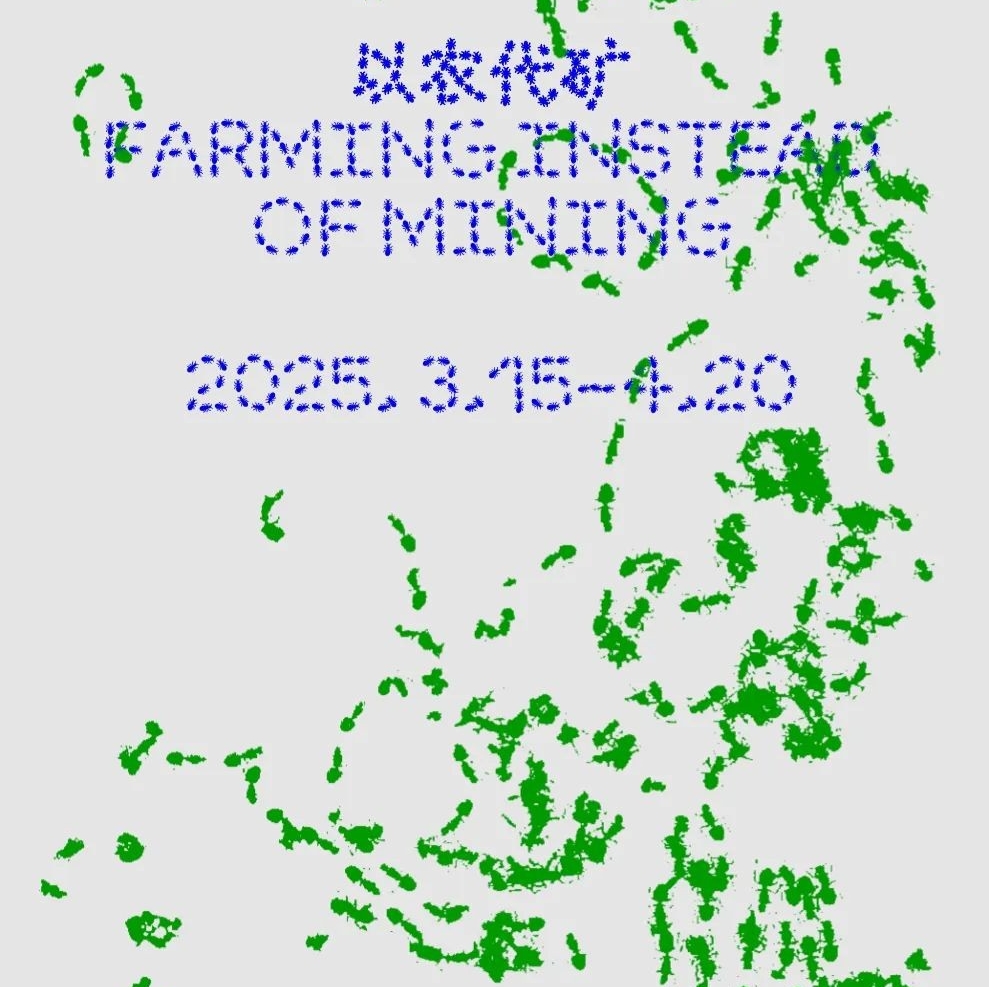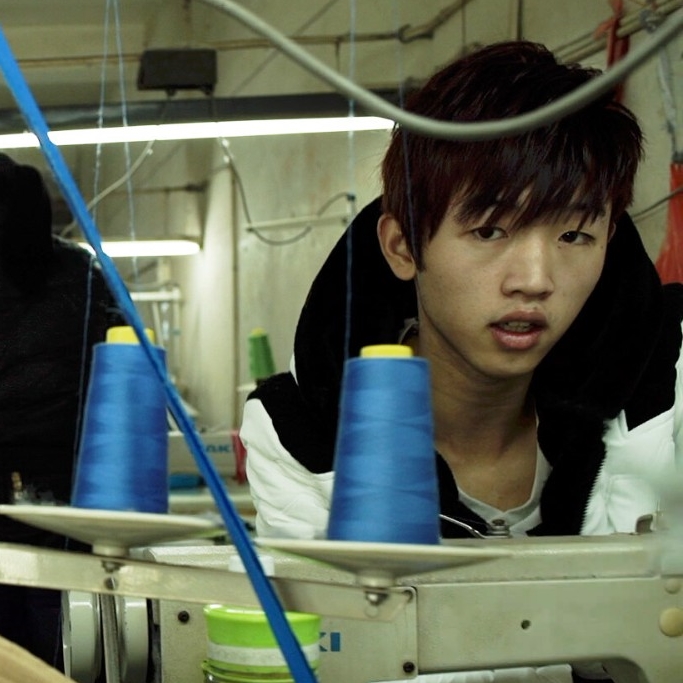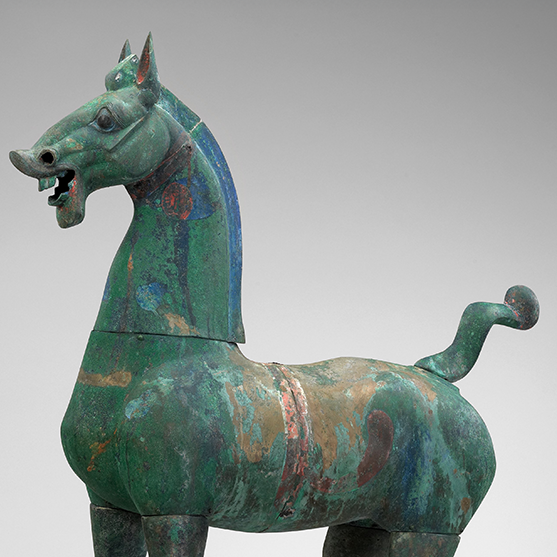
Exhibition view: Tao Hui, We, Entertainment, Esther Schipper, Berlin, 2023. Photo © Andrea Rossetti
Esther Schipper presents We, Entertainment, Tao Hui’s first solo exhibition with the gallery and it includes two video installations, a sculpture, and paintings.
Tao Hui is best known for his immersive video and film works that play on the storytelling tropes of cinema and television, as well as the narrative formats of social media channels. Spanning a variety of media, We, Entertainment is divided into four distinct sections that together represent both a personal psychological journey and an examination of the broad societal implications of identity as it relates to gender, class, ethnicity, and cultural biases (fuelled, for example, by dichotomies of urban/rural, North/ South). As Tao's work makes clear, media emerges as a powerful force in this dynamic of contested identities, both as a destabilizing and normative influence, but also with liberating and even restorative potential.

Exhibition view: Tao Hui, We, Entertainment, Esther Schipper, Berlin, 2023. Photo © Andrea Rossetti
We, Entertainment begins with The Fall, which finds a powerful poetic image for a world in crisis: The tail of a giant python protrudes from the floor among the animal’s fleshy, bloodied fragments. Based in part on childhood folktales (a continuing source of inspiration for the artist who grew up in a rural area of China known for its imaginative storytelling) and on his memories of the 1990s TV series New Legend of Madam White Snake where the motif is associated with revealing one’s true nature, The Fall represents contemporary life and the anxious emotional response one might experience in uncertain times.

Exhibition view: Tao Hui, We, Entertainment, Esther Schipper, Berlin, 2023. Photo © Andrea Rossetti
Night of Peacemaking portrays the way contemporary culture has turned traumatic experiences into entertainment. Taking the format of a TV talk show, the emotional life of a family is depicted in poignant and at times heated exchanges, especially between mother and daughter. The work includes an environment that simulates the set of such a TV program, blurring the line between studio and exhibition space and thereby aligning spectators with the audience of the talk show. Tao shifts the focus away from its narrative content to use the format as a kind of medium. The structure of the dispute but also its technical representation take on broader significance: Thus the three different cameras, for example, come to symbolize different perspectives in a political power struggle.

Exhibition view: Tao Hui, We, Entertainment, Esther Schipper, Berlin, 2023. Photo © Andrea Rossetti
Another video, Hardworking, has us encounter the host of a streaming infomercial, intend on selling TV sets while acknowledging both her own loneliness, and her exploitation of her audience’s similar search for connection. At the same time, she also muses about the nature of reality in an age of digital screens. Her exhortations—both those to purchase the screens and those to reflect about the nature of reality—are accompanied by her effortless movement between levels of reality: seen entering and exiting the screens she is trying to sell, the video elides all such boundaries.

Exhibition view: Tao Hui, We, Entertainment, Esther Schipper, Berlin, 2023. Photo © Andrea Rossetti
The fourth section of We, Entertainment, turns to the still image. A series of paintings executed on opalescent paper covered with a thin layer of slices of shell represents personal experiences veiled in modified traditional imagery, some associated with Buddhist motifs. One image of intertwined, weeping snakes refers to an endless knot, a symbol of the Eight Treasures of Buddhism, while another juxtaposes the Sanskrit word for "moment," KSANA, with the image of a decaying human form. Equally important, however, is the material: A conch shell, considered a magical vessel, symbolizes the spread of the Buddha's teachings and the awakening of his subjects from the slumber of ignorance. On the floor, a large mandala of multicolored glitter also draws on the symbolic and ritual power of its medium, the Tibetan Buddhist practice of creating an image from pigment or colored sand. Yet there is a comic quality to the image of a chubby baby grabbing and punching a (smiling?) python. A symbol of impermanence, the mandala, like all such ephemeral sand mandalas, will be destroyed, its glittering plurality swept away, symbolizing the Buddhist belief in the impermanence of all material life.
About the Exhibition
Dates: December 15, 2023 – January 27, 2024
Venue: Esther Schipper, Berlin
Courtesy of Esther Schipper.




























